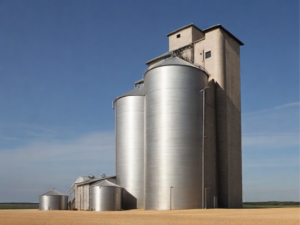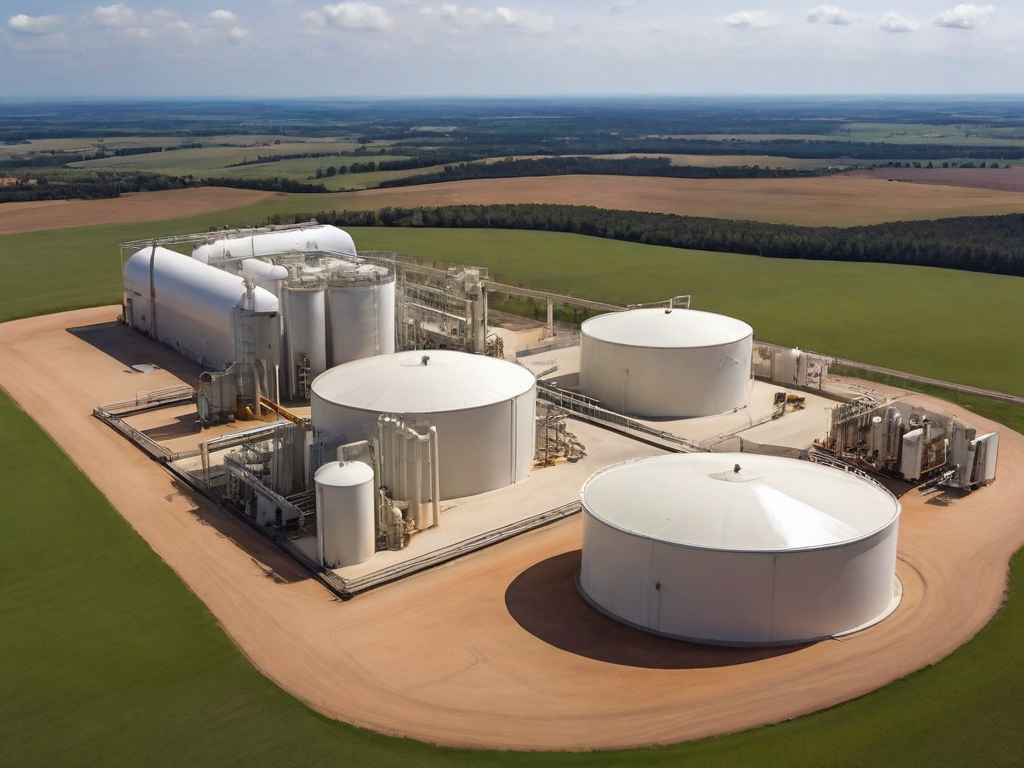Welcome to the Intrinsically Safe Store, your one-stop-shop for all your safety equipment needs in hazardous locations. We are dedicated to providing you with the most reliable and up-to-date information on safety enclosures. In this article, we will delve into the differences between Class 1 Division 1 and Division 2 enclosures. We invite you to visit our website for more information and to view our wide range of products.
Understanding Hazardous Locations
Before we delve into the differences between Class 1 Division 1 and Division 2 enclosures, it’s crucial to understand what constitutes a hazardous location. These are areas where fire or explosion hazards may exist due to flammable gases, vapors, or dust. Safety enclosures are designed to prevent these hazards from causing harm.

Class 1 Division 1 Enclosures
Designers create Class 1 Division 1 (C1D1) enclosures for use in areas where hazardous conditions are continuously present or likely to exist under normal operating conditions. The build of these enclosures is to withstand the most severe conditions and they undergo rigorous testing to ensure their ability to prevent an explosion.
- Design: Designers create C1D1 enclosures to contain and extinguish any explosion within the enclosure without causing an external explosion or fire.
- Application: Industries such as oil and gas, chemical manufacturing, and grain processing commonly use these enclosures.
Class 1 Division 2 Enclosures
On the other hand, designers construct Class 1 Division 2 (C1D2) enclosures for areas where hazardous conditions are not likely to exist under normal operating conditions. They build these enclosures to prevent the ignition of a flammable atmosphere.
- Design: We design C1D2 enclosures to prevent the ignition of a flammable atmosphere in the surrounding area.
- Application: Typically, people use these enclosures in areas where they store or use hazardous materials, but where an explosive concentration is not normally present.
Key Differences Between C1D1 and C1D2 Enclosures
Designers create both types of enclosures to ensure safety in hazardous locations, but their design and application have key differences.
- Presence of Hazardous Conditions: We use C1D1 enclosures where hazardous conditions are continuously present, while we use C1D2 enclosures where hazardous conditions are not likely to exist under normal operating conditions.
- Design and Safety Measures: Designers create C1D1 enclosures to contain and extinguish an explosion within the enclosure, and they design C1D2 enclosures to prevent the ignition of a flammable atmosphere.
Choosing the Right Enclosure
Choosing the right enclosure depends on the specific conditions of your workplace. It’s crucial to conduct a thorough hazard assessment to determine the type of enclosure that best suits your needs.
Understanding C1D1 and C1D2 Enclosures for Hazardous Safety
In conclusion, both Class 1 Division 1 and Division 2 enclosures play a crucial role in ensuring safety in hazardous locations. While they are designed for different conditions, their ultimate goal is to prevent fire or explosion hazards. Understanding the differences between these two types of enclosures can help you make an informed decision when choosing the right safety equipment for your workplace.
We hope this article has provided valuable insights into the differences between C1D1 and C1D2 enclosures. For more information, or to view our wide range of safety equipment, we invite you to visit our website. If you have any questions or need further assistance, please contact us. We are here to help!


























